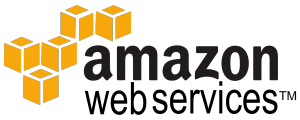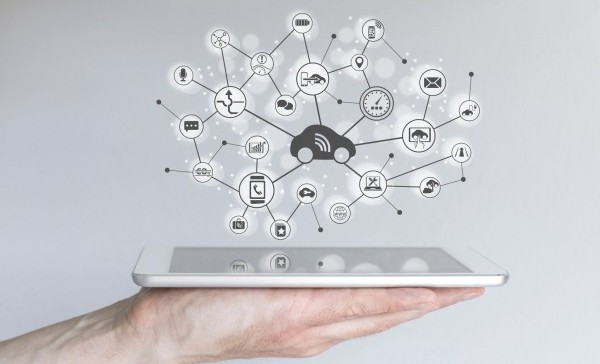This blog post is an excerpt from GovLoop’s recent guide Your Questions Answered: The Internet of Things in Government. Download the full guide here.
Without the right support, making the most of the Internet of Things (IoT) can be a challenge. Even if devices are capable of sharing data, establishing a secure and effective network to collect and evaluate data is rarely easy. The impediments to success increase as the demands for larger and more scalable solutions grow.
At Amazon Web Services (AWS), a leading cloud platform provider, the answers to these problems have come in the form of connected solutions, said Sri Elaprolu, Global Lead for Public Sector IoT. By using a managed cloud platform, agencies can easily connect billions of devices, securely analyze the resulting data and do this cost effectively.
“The AWS IoT, a fully managed, scalable, and secure service from AWS for connected solutions, acts as the front door through which data comes in from devices, and customers have access to the broader AWS platform to be able to do data analytics, machine learning, and other types of information extraction processes,” Elaprolu said.
This approach shows a strong ability to help agencies create cost savings and increase efficiency. For example, some agencies are working to better manage utilities such as energy and water, allowing for smarter agriculture practices and more efficient water conservation. Others have focused on public safety by leveraging data from wearable devices such as body cameras.
Though current government organizations are successfully employing IoT technology in a wide variety of ways, via many different types of software, there is one common need: security. In an extensively connected system, each device is a potential entry point for a threat. That’s why AWS has made security a top priority.
“We want to make sure that any device that’s connecting to the service is something that you, as the application owner, have trust in and can rely on,” Elaprolu said. To ensure this level of protection, each connected device requires authentication or a credential. Data is encrypted, both in transit and at rest, and AWS even offers fine-grained control over the set of actions each device is authorized to perform.
Despite stringent security procedures, IoT remains flexible, offering government organizations options. AWS works with a number of third party solution providers, allowing them to build solutions on top of the AWS platform that can be leveraged by customers.
This style of collaboration has proven useful. The State Department awarded a multi-year contract to C3 IoT, an AWS Partner Network (APN) company. The company’s AWS cloud-hosted enterprise application development Platform-as-a-Service (PaaS) will allow the department to monitor and track energy consumption across 22,000 buildings around the globe, Elaprolu said. The resulting data will be analyzed to ensure energy use and consumption is optimized and used to predict maintenance needs. This project, according to Elaprolu, is just the beginning of government agencies using IoT to improve sustainability.
Collaborations between AWS and other IoT technology companies have worked on a smaller scale as well. The government-run Technology Strategy Board in the U.K. is funding a project called the Smart Airport Experience at the London City Airport.
“Our goal is to enable customers with a flexible and secure technology platform, so they can provide their users with the best possible services. In the case of airports, it’s providing a smart airport experience to travelers, improving overall operational efficiency, and allowing customers to do simple things like fast check-ins,” Elaprolu explained.
AWS is also smoothing commutes on the ground. With the help of Spectrum, a third-party solution offered by an APN member, existing traffic light software can be upgraded to give traffic feedback. Traffic lights and cameras record information about street use and signal maintenance. This real-time feedback makes it easy for transportation departments to identify broken lights without relying on citizen complaints. By applying analytics to the captured data, cities are optimizing traffic signal timing to manage the flow of cars in real time.
Similarly, the Boston Mayor’s Office of New Urban Mechanics is using a mobile app that tracks bumps on the road using your device’s accelerometer and GPS. The data is collected in real time, allowing the city to better decide which streets need to be repaved. For Elaprolu, these are just additional examples of how connected devices can collect data and agencies can “use the cloud to aggregate it, analyze it, and react to it, as soon as possible.”
The public sector is often slower to adopt new technology trends, even when private industry embraces them enthusiastically. But IoT is different. Governments at all levels are sharing their excitement about the prospects for their own connected solutions, Elaprolu said. “IoT is a fast-emerging space, and we’re seeing a lot of excitement around its capabilities both in the U.S. and abroad.”






Leave a Reply
You must be logged in to post a comment.